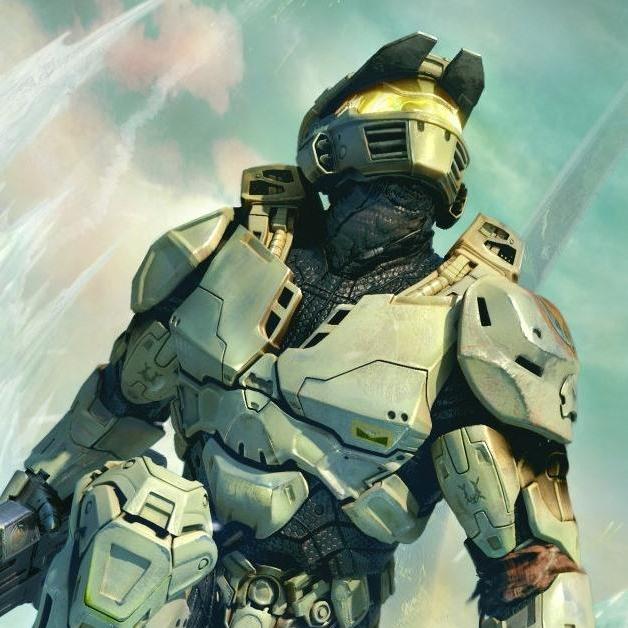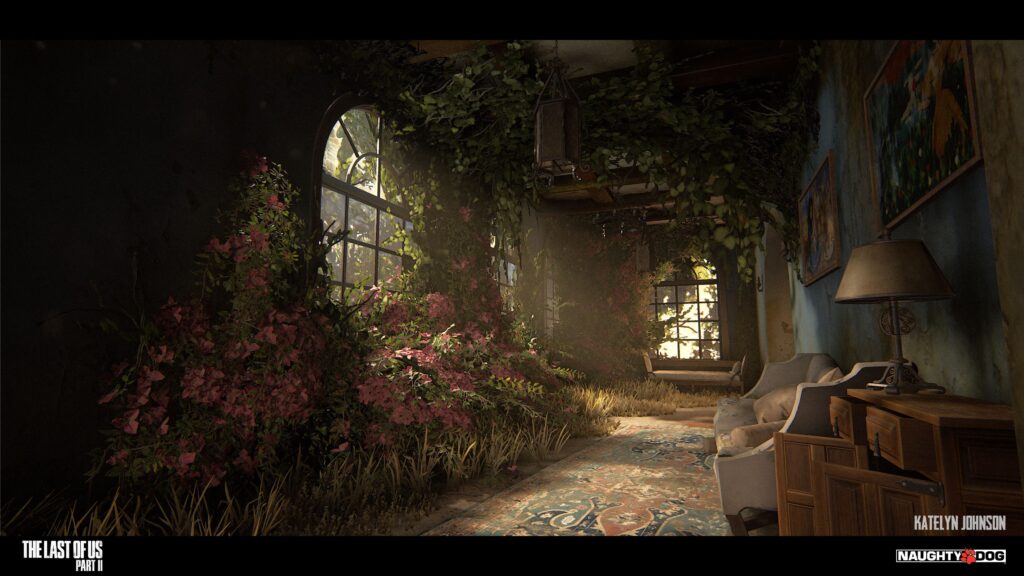inspirationtuts.com
IntroductionOne of the most critical decisions in game development is choosing between 2D and 3D art styles. This choice influences not only the visual aesthetics of your game but also its gameplay, development process, and target audience. Both 2D and 3D styles have their unique advantages and challenges, and the right choice depends on the type of game youre creating, your teams expertise, and your overall vision. In this blog, well explore the factors to consider when choosing between 2D and 3D, helping you make an informed decision that aligns with your games goals.Understanding 2D and 3D Game ArtWhat is 2D Game Art?2D game art refers to visuals created on a flat plane, where the game world and characters are presented in two dimensions: height and width. This style includes side-scrollers, top-down perspectives, and isometric views. 2D art can be hand-drawn, pixel art, or vector-based, offering a range of artistic expressions.What is 3D Game Art?3D game art involves creating a world and characters in three dimensions: height, width, and depth. This style allows for more complex and realistic environments, with the ability to rotate and view objects from any angle. 3D art requires modeling, texturing, rigging, and animation, making it a more resource-intensive process compared to 2D.Advantages of 2D Game ArtSimplicity and Accessibility2D games are often easier and faster to develop, especially for smaller teams or solo developers. The tools required for 2D art, such as Adobe Photoshop, Aseprite, or Krita, are generally more accessible and have a gentler learning curve compared to 3D software.Nostalgia and Aesthetic AppealMany players have a nostalgic connection to 2D games, which can be leveraged to create an emotional bond with the audience. Additionally, 2D art allows for unique and stylized aesthetics, such as pixel art or hand-drawn illustrations, that can stand out in the market.Cost-Effectiveness2D games typically require fewer resources in terms of time, money, and technical expertise. The absence of complex modeling, rigging, and animation pipelines reduces development costs, making 2D a more viable option for indie developers or projects with limited budgets.Performance Efficiency2D games generally demand less processing power and memory, making them ideal for mobile platforms or lower-end hardware. The reduced computational load ensures smoother gameplay and lower optimization development costs.Advantages of 3D Game ArtRealism and Immersion3D game art excels in creating realistic and immersive environments. The added dimension allows for more detailed and dynamic worlds, where players can explore, interact, and view the game from different perspectives. This level of immersion is often necessary for genres like open-world, simulation, and first-person shooters.Enhanced Gameplay MechanicsThe use of 3D opens up a broader range of gameplay possibilities. Games with complex spatial interactions, like platformers with depth, puzzle games that rely on perspective shifts, or combat systems with dynamic camera angles, benefit from 3D environments.Versatility and Flexibility3D assets can be reused, rotated, and viewed from multiple angles, offering greater versatility in design. Characters, objects, and environments can be manipulated more freely, allowing for more complex animations and interactions. This flexibility can be crucial for games that require a high degree of detail and variation.Future-ProofingAs technology advances, players expectations for realism and graphical fidelity increase. 3D games are generally more future-proof, as they can adapt to new hardware capabilities and continue to meet the rising standards of visual quality.Challenges of 2D Game ArtLimited Visual DepthWhile 2D art can be beautiful and stylized, it inherently lacks the depth and spatial complexity of 3D. This limitation can make it difficult to create a sense of scale, distance, and immersion, which might be necessary for certain types of games.Less Flexibility in Animation2D animation is often more rigid compared to 3D. Animating complex movements, such as rotating objects or characters, can be challenging and time-consuming, as each frame must be drawn individually or carefully manipulated.Market SaturationThe indie game market is crowded with 2D games, particularly in popular genres like platformers and RPGs. Standing out in this space can be challenging unless your game offers a unique visual style or innovative gameplay mechanics.Challenges of 3D Game ArtComplexity and Resource Intensity3D game development is more complex and requires a wider range of skills, including 3D modeling, texturing, rigging, and lighting. These tasks require specialized software like Blender, Autodesk Maya, or Unitys 3D tools, which can have steeper learning curves and higher costs.Longer Development TimeThe complexity of 3D game art often results in longer development cycles. Creating detailed models, animating them, and ensuring they perform well in-game can be time-consuming, especially for small teams.Performance Considerations3D games are more demanding in terms of processing power, which can lead to performance issues on lower-end devices. Developers need to spend additional time optimizing their games to ensure they run smoothly across different platforms, which can increase development costs.Choosing the Right Style for Your GameConsider Your Games GenreThe genre of your game plays a significant role in determining whether 2D or 3D is more suitable:2D Suits: Platformers, puzzle games, 2D RPGs, and retro-inspired titles.3D Suits: Open-world games, simulations, first-person shooters, and third-person adventure games.Evaluate Your Teams ExpertiseYour teams experience with 2D or 3D art should influence your decision. If your artists and developers are more comfortable with 2D, it might be wise to leverage that strength. Conversely, if your team has a strong background in 3D modeling and animation, then 3D might be the better choice.Assess Your Budget and ResourcesBudget constraints can also dictate your choice. 2D games tend to be less resource-intensive, making them a good option for smaller budgets. However, if you have the resources and time to invest in a 3D game, the potential rewards in terms of player engagement and market appeal can be significant.Consider the Target PlatformThe platform for which youre developing your game can also influence your decision:Mobile Games: 2D games often perform better and are easier to optimize for mobile devices.PC/Console Games: These platforms can handle the complexity of 3D games, allowing you to take full advantage of their hardware capabilities.Think About Your AudienceUnderstanding your target audience is crucial. Some players prefer the nostalgic charm of 2D games, while others might be drawn to the realism and depth of 3D worlds. Conduct market research to determine your audiences expectations and values in a game.Hybrid Approaches2.5D GamesA hybrid approach like 2.5D can offer the best of both worlds. 2.5D games use 3D models or environments but restrict the gameplay to a 2D plane. This style allows for the depth and flexibility of 3D while maintaining the simplicity and nostalgia of 2D gameplay.Mixed MediaAnother approach is to combine 2D and 3D elements within the same game. For example, 2D characters can be placed in 3D environments, or 3D models can be rendered with a 2D aesthetic. This mix can create a unique and visually striking experience.ConclusionChoosing between 2D and 3D art styles is a crucial decision that affects every aspect of your game, from development to gameplay to marketing. By carefully considering your games genre, your teams strengths, your budget, and your target audience, you can make an informed choice that aligns with your creative vision and business goals. Whether you opt for the simplicity and charm of 2D or the depth and realism of 3D, the key is to stay true to the experience you want to create for your players.Resources for Further LearningUnity Learn: 2D Game DevelopmentDescription: A comprehensive guide to developing 2D games using Unity.Link: Unity Learn 2D Game DevelopmentBlender Fundamentals: 3D ModelingDescription: A beginner-friendly series of tutorials on 3D modeling in Blender.Link: Blender Fundamentals 3D ModelingGDC Vault: 2D vs 3D Game DevelopmentDescription: A collection of talks and presentations discussing the pros and cons of 2D and 3D game development.Link: GDC Vault 2D vs 3D Game DevelopmentArtStation LearningDescription: Online courses and tutorials on both 2D and 3D art for game development.Link: ArtStation LearningGameFromScratch: 2D vs 3D DevelopmentDescription: A blog post and video discussing the differences between 2D and 3D game development.Link: GameFromScratch 2D vs 3D






 1Кб
1Кб



 2Кб
2Кб












